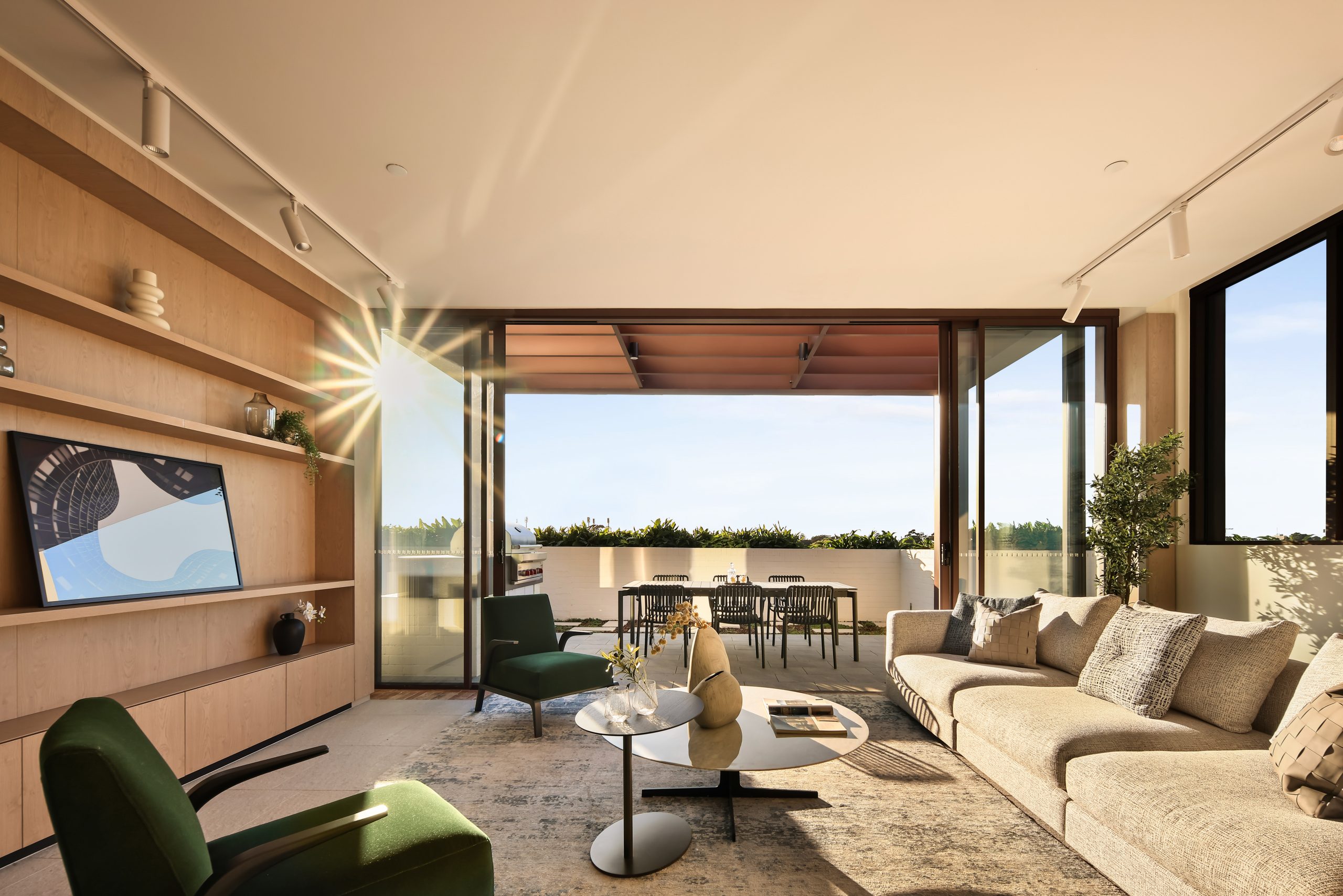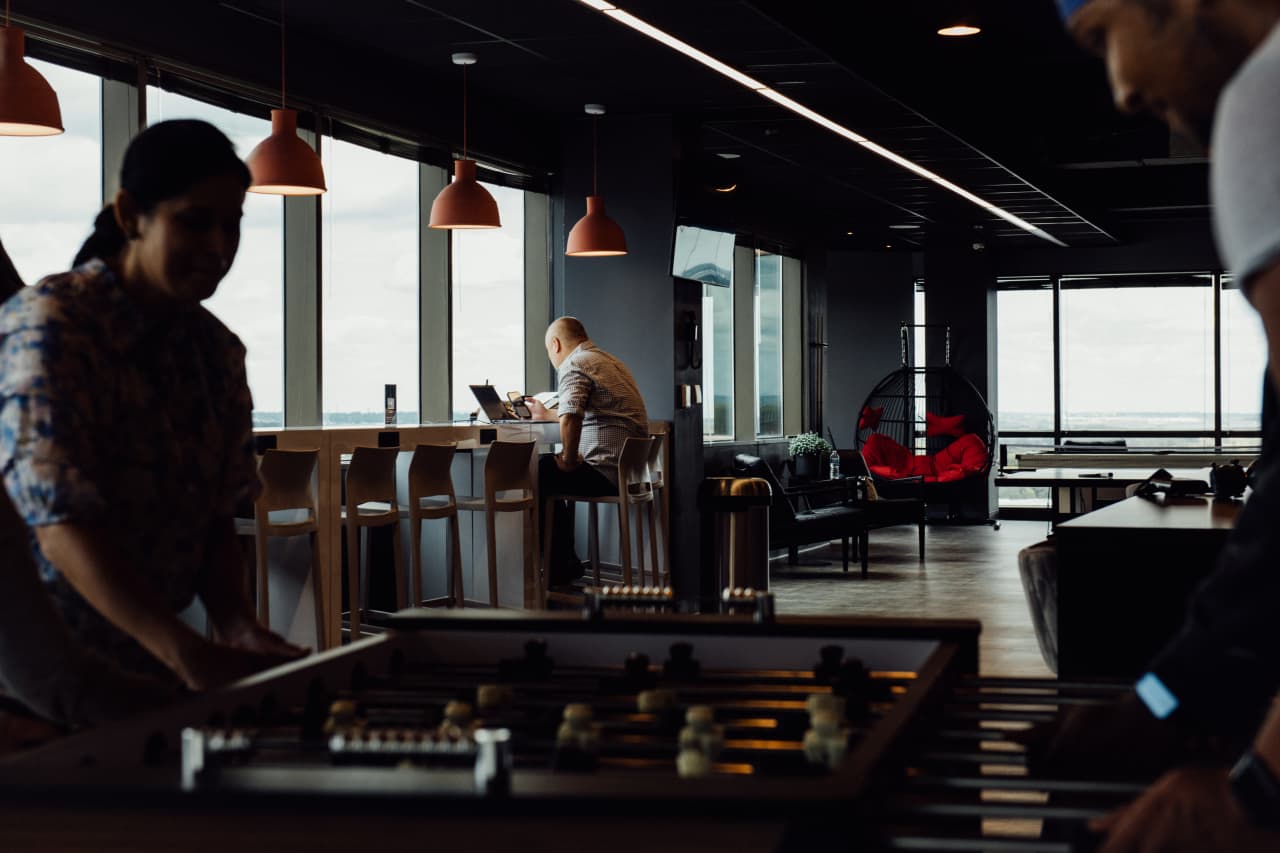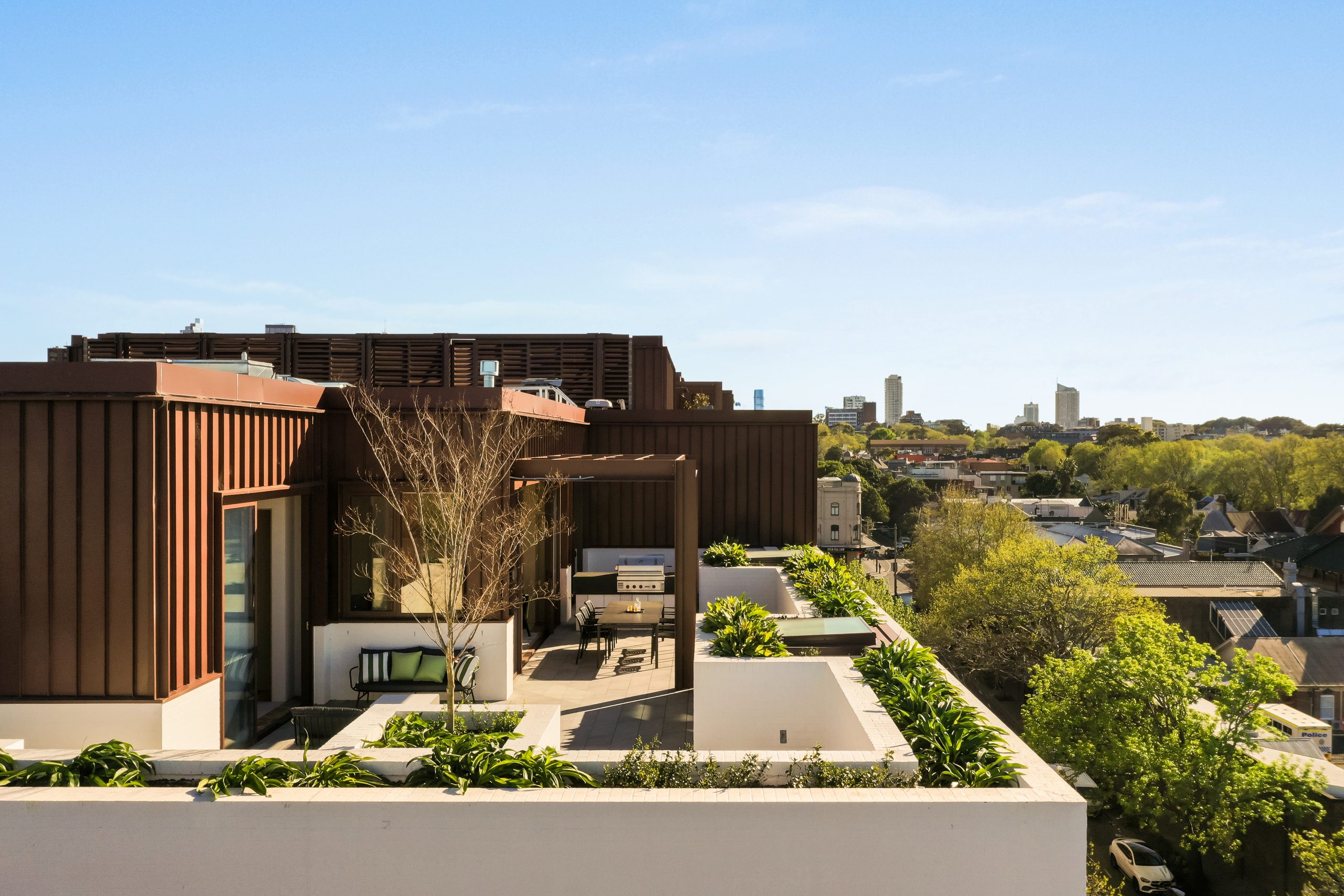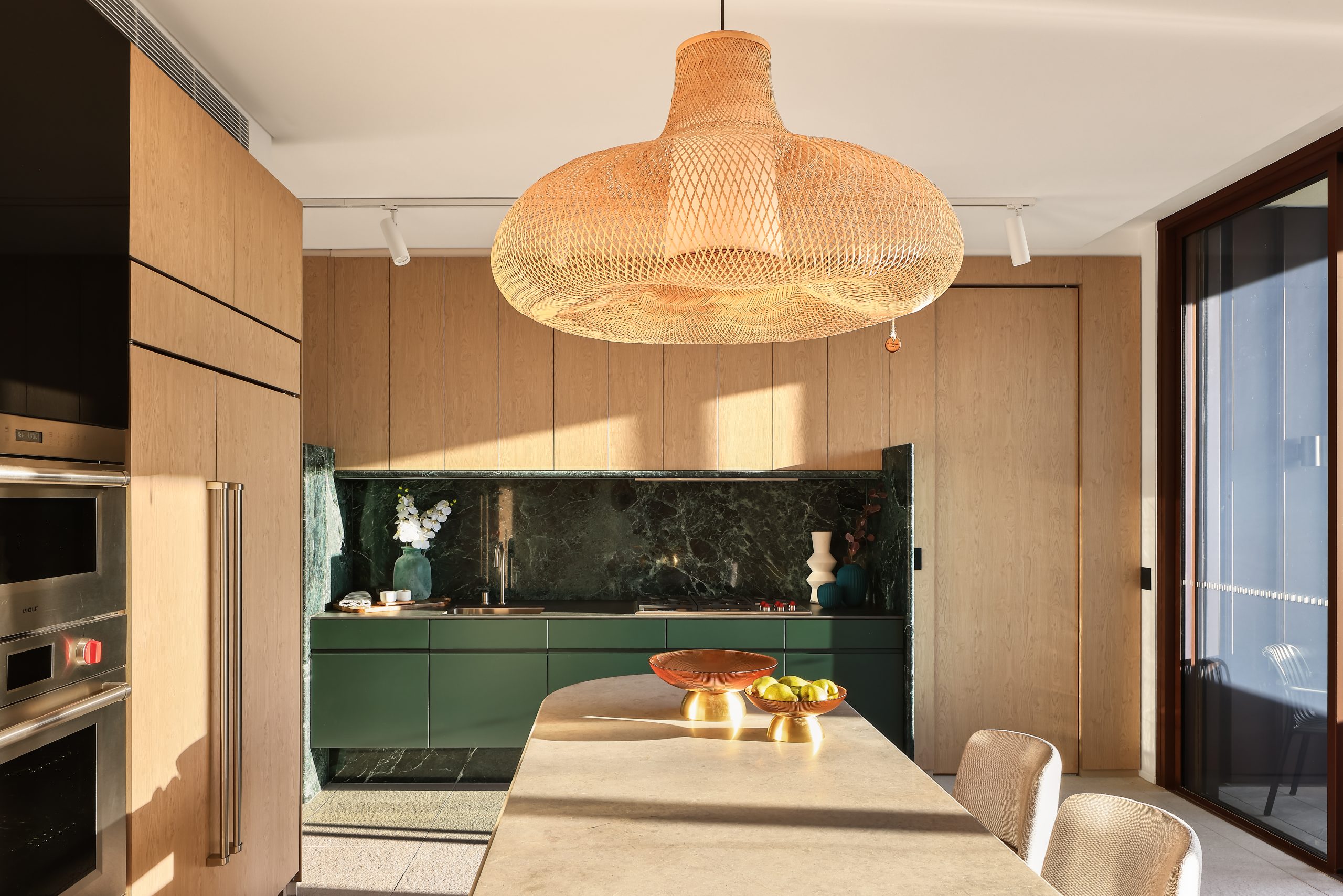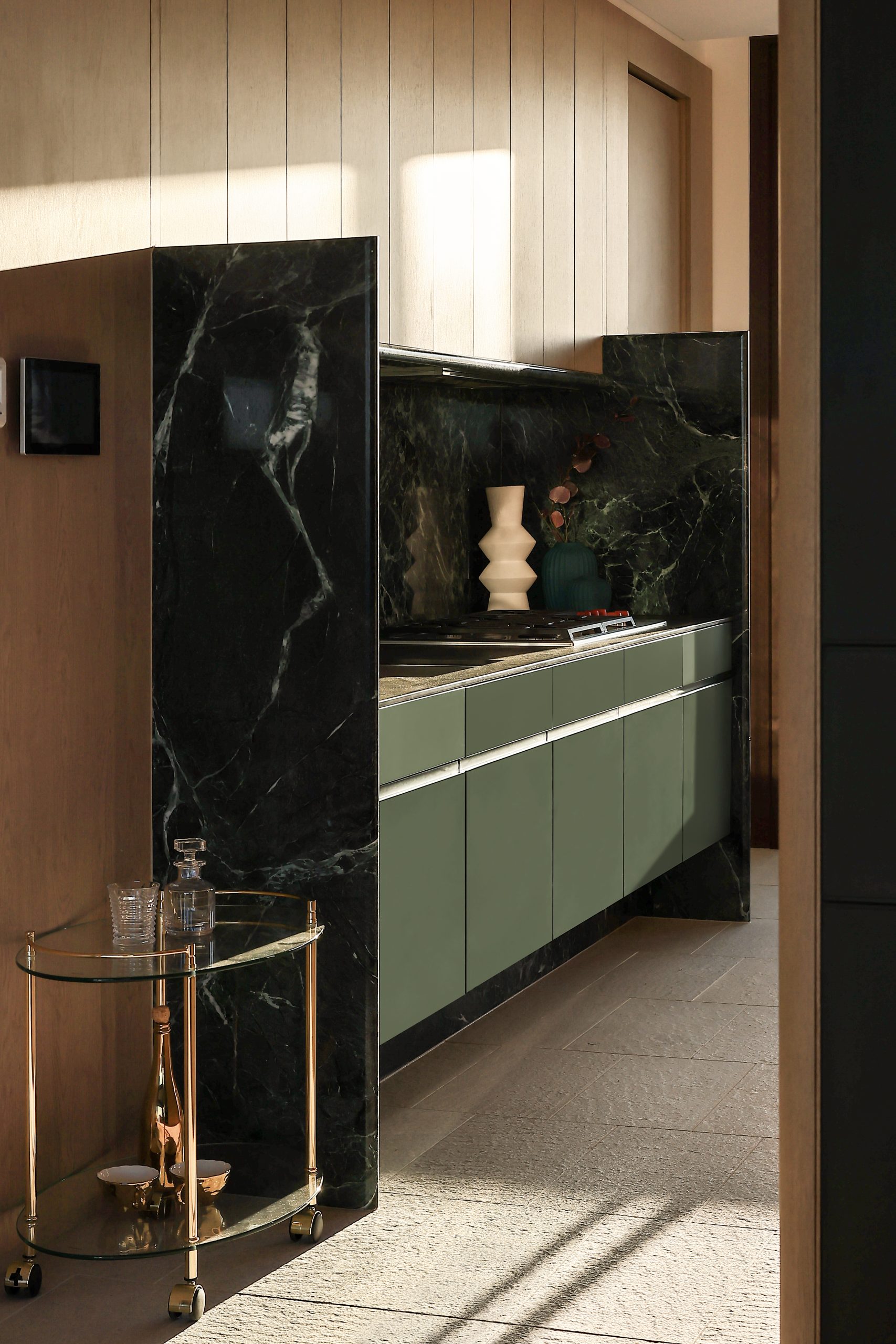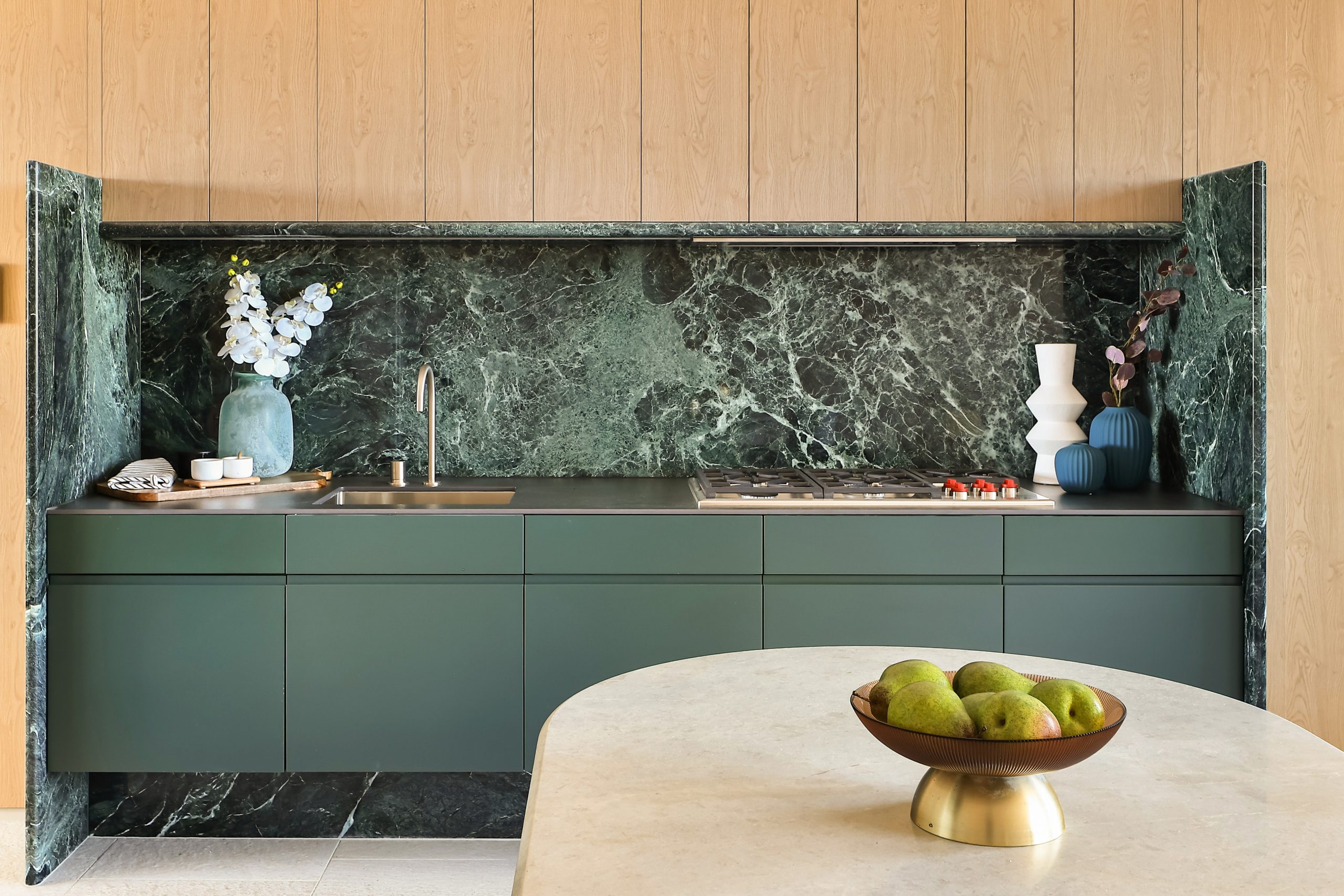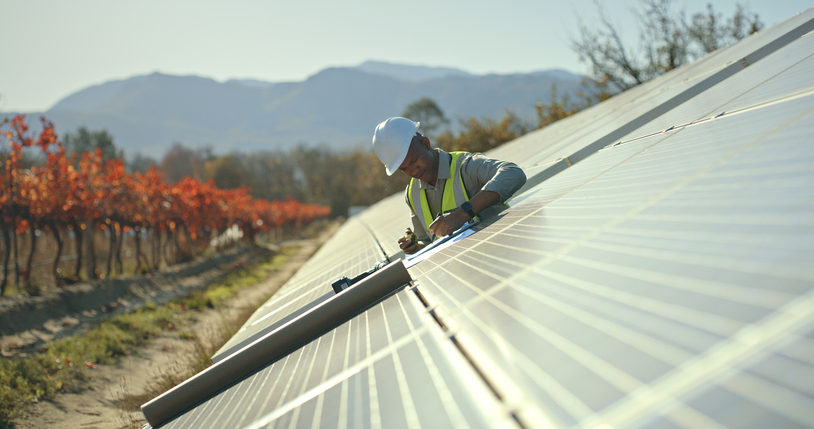Concrete Is One of the World’s Worst Pollutants. Making It Green Is a Booming Business.
The material accounts for more than 7% of global carbon emissions, according to some estimates
Bill Gates , Jeff Bezos and former Los Angeles Laker Rick Fox are part of a new wave of investors and entrepreneurs looking to make one of the world’s worst pollutants greener.
Concrete accounts for more than 7% of global carbon emissions, according to some estimates. That is roughly the same as the CO undefined produced by all of India and more than double the amount produced by the global aviation industry.
Most of those emissions are caused by cement, the glue that binds together sand and gravel to make the concrete used to build roads, bridges and tall buildings.
Concrete, the second-most-used material in the world after water, is popular because it is cheap, relatively easy to produce, fire-resistant and extremely strong.
“It’s the most democratic material,” said Admir Masic , an associate professor of civil and environmental engineering at the Massachusetts Institute of Technology.
It is also very, very dirty. Cement is made by heating limestone and clay at around 2,700 degrees Fahrenheit in giant kilns and turning them into marble-sized granules called clinker, which are then turned into a powder and mixed with other materials. As it heats up, the limestone releases a lot of CO undefined , and the whole process is often powered by fossil fuels such as coal or gas.
Big cement producers and startups including Brimstone and Partanna, a startup based in the Bahamas and headed by three-time NBA champion Fox, are developing new technologies to produce cement while producing less CO undefined . Breakthrough Energy Ventures, which was founded by Gates and is backed by Bezos, Jack Ma and Michael Bloomberg among others, Fifth Wall and other venture firms have poured tens of millions of dollars into these companies.
These companies are being motivated in part by the federal government, which is dishing out grants and setting aside billions to decarbonise materials such as cement. Local regulators are also encouraging these new technologies. California in 2021 passed a law to cut emissions from cement and New York in 2023 issued rules that limit emissions on concrete used in state-funded construction projects.
Some companies are trying to make cement from different materials that are less polluting. Brimstone said it developed a way to make cement from rocks that contain no carbon. The company said it has raised around $60 million in venture funding to date.
Others are selling substitutes for cement so that concrete mixers need less of it. Eco Material Technologies, for example, harvests coal ash from landfills and volcanic ash from mines and sells it to concrete mixers. These substitutes aren’t new, but the company says it has worked out ways to increase its share in concrete.
“Our goal is to be able to use the last several generations of trash as the next several generations of greener concrete,” said CEO Grant Quasha .
Still others are removing pollutants from the air. The Halifax, Nova Scotia-based startup CarbonCure came up with a process to pump CO undefined into concrete as it is being made and raised $80 million in venture funding this past year.
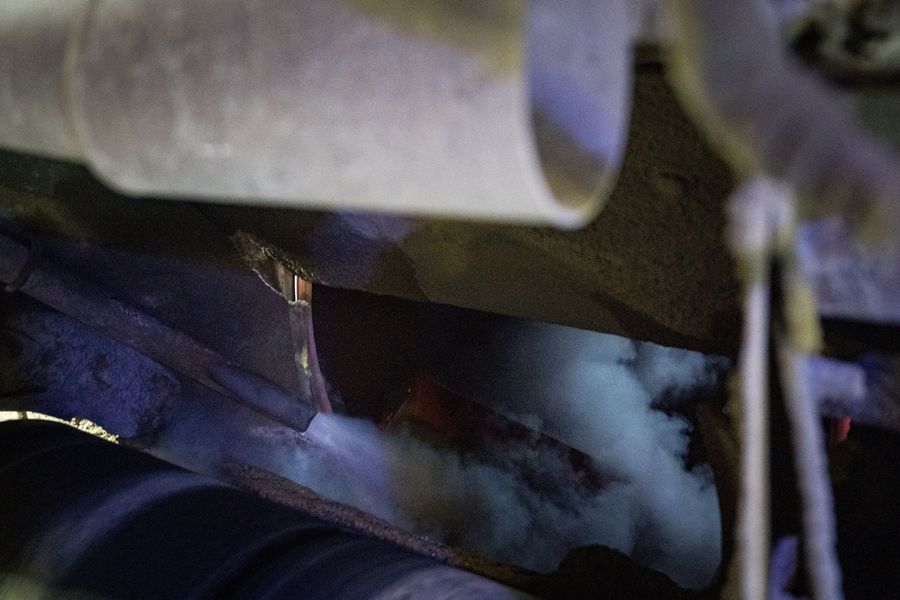
Partanna, which uses brine from saltwater desalination to make concrete, said homes made from its material suck carbon out of the air.
It is unclear if the greener concrete alternatives will ever catch on broadly. Building codes have rigid rules on what concrete must contain, and many builders don’t like to try out new materials, Masic said.
Cost is another issue. Eco Material’s most environmentally friendly cement alternative, for example, costs around twice as much as standard cement, according to Quasha. CEO Cody Finke said Brimstone’s cement will be as cheap or cheaper than the common sort, but the company has yet to build a factory.
“If I go to the developing world and tell them you’re going to have to pay 20% more for your cement, they won’t do it,” said Eric Toone , a managing partner at Breakthrough Energy Ventures.
Even if some of these new technologies succeed, the startups have yet to prove that they can produce green cement at the vast quantities needed to make a dent in global warming.
Still, Toone said cement makers have no choice but to find cheap ways to cut emissions because ditching the material isn’t an option.
“Cement is sort of this wonder material,” he said. “It’s so cheap, it’s so valuable, it’s so good for what we need that it’s really hard to think of ways around it.”
 Copyright 2020, Dow Jones & Company, Inc. All Rights Reserved Worldwide. LEARN MORE
Copyright 2020, Dow Jones & Company, Inc. All Rights Reserved Worldwide. LEARN MORE
This stylish family home combines a classic palette and finishes with a flexible floorplan
Just 55 minutes from Sydney, make this your creative getaway located in the majestic Hawkesbury region.
A Sydney site with a questionable past is reborn as a luxe residential environment ideal for indulging in dining out
Long-term Sydney residents always had handful of not-so-glamourous nicknames for the building on the corner of Cleveland and Baptist Streets straddling Redfern and Surry Hills, but after a modern rebirth that’s all changed.
Once known as “Murder Mall” or “Methadone Mall”, the 1960s-built Surry Hills Shopping Centre was a magnet for colourful characters and questionable behaviour. Today, however, a $500 million facelift of the site — alongside a slow and steady gentrification of the two neighbouring suburbs — the prime corner property has been transformed into a luxury apartment complex Surry Hills Village by developer Toga Group.
The crowning feature of the 122-apartment project is the three-bedroom penthouse, fully completed and just released to market with a $7.5 million price guide.
Measuring 211sqm of internal space, with a 136sqm terrace complete with landscaping, the penthouse is the brand new brainchild of Surry Hills local Adam Haddow, director of architecture at award-winning firm SJB.
Victoria Judge, senior associate and co-interior design lead at SJB says Surry Hills Village sets a new residential benchmark for the southern end of Surry Hills.
“The residential offering is well-appointed, confident, luxe and bohemian. Smart enough to know what makes good living, and cool enough to hold its own amongst design-centric Surry Hills.”
Allan Vidor, managing director of Toga Group, adds that the penthouse is the quintessential jewel in the crown of Surry Hills Village.
“Bringing together a distinct design that draws on the beauty and vibrancy of Sydney; grand spaces and the finest finishes across a significant footprint, located only a stone’s throw away from the exciting cultural hub of Crown St and Surry Hills.”
Created to maximise views of the city skyline and parkland, the top floor apartment has a practical layout including a wide private lobby leading to the main living room, a sleek kitchen featuring Pietra Verde marble and a concealed butler’s pantry Sub-Zero Wolf appliances, full-height Aspen elm joinery panels hiding storage throughout, flamed Saville stone flooring, a powder room, and two car spaces with a personal EV.
All three bedrooms have large wardrobes and ensuites with bathrooms fittings such as freestanding baths, artisan penny tiles, emerald marble surfaces and brushed-nickel accents.
Additional features of the entertainer’s home include leather-bound joinery doors opening to a full wet bar with Sub-Zero wine fridge and Sub-Zero Wolf barbecue.
The Surry Hills Village precinct will open in stages until autumn next year and once complete, Wunderlich Lane will be home to a collection of 25 restaurants and bars plus wellness and boutique retail. The EVE Hotel Sydney will open later in 2024, offering guests an immersive experience in the precinct’s art, culture, and culinary offerings.
The Surry Hills Village penthouse on Baptist is now finished and ready to move into with marketing through Toga Group and inquiries to 1800 554 556.
This stylish family home combines a classic palette and finishes with a flexible floorplan
Just 55 minutes from Sydney, make this your creative getaway located in the majestic Hawkesbury region.
















